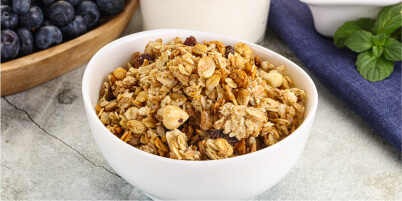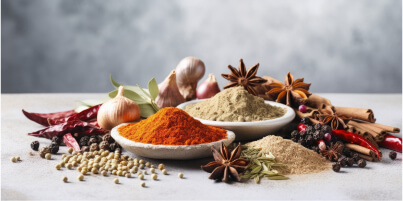About Kyoto Grain System Co.
Kyoto Grain System Co., Ltd. is a manufacture that processes agricultural products through steaming, roasting, and other heat treatments, as well as pulverization, to produce beverage, food, and healthcare ingredients that meet customer needs.Under our food safety management system, which is FSSC22000 certified, we are committed to producing safe and secure products.
As one of the businesses that support the system of turning agricultural products into beverage and food products, we play a role in the intermediate processing of grains and other agricultural products into raw materials for beverages and food products.
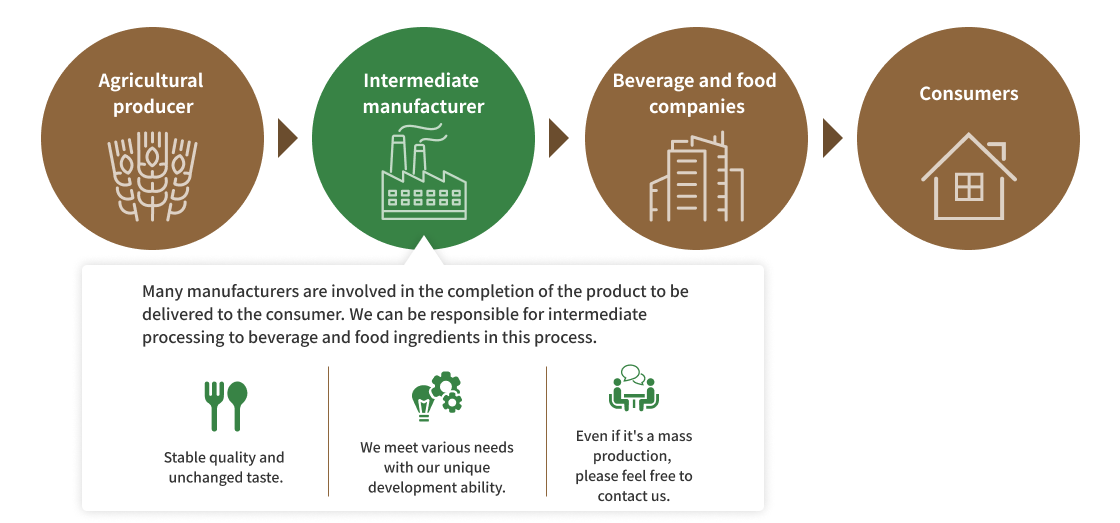
BUSINESS
OEM
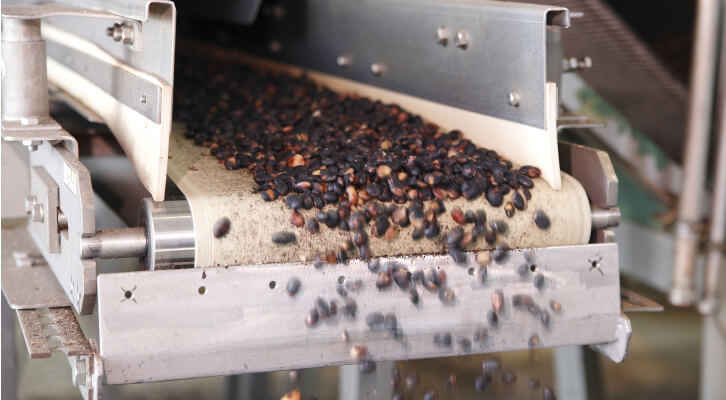
Products Sales
The following are examples of materials we have handled and their use as raw materials for beverages and food products.
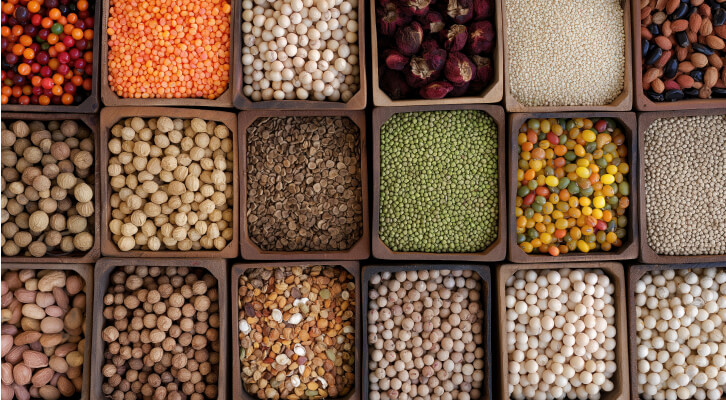
Development Support
Even if the specific details of an order are undecided, we can flexibly accommodate orders from prototypes to small lots. We can also offer proposals for the construction of customer-specific production lines.
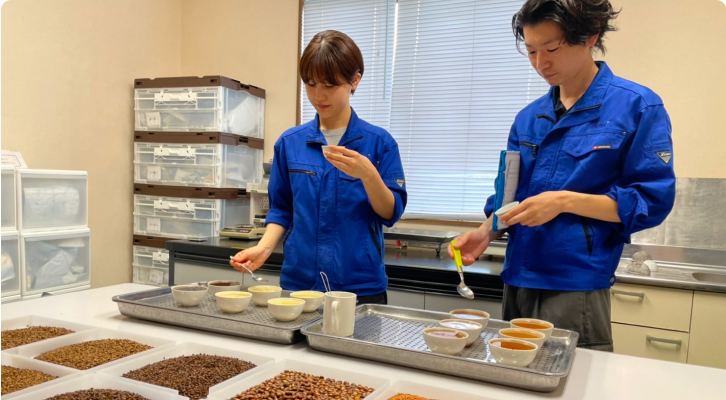
Overseas Exports and Imports

Application Scenes by Industry and Purpose
SDGs Declaration
COMPANY
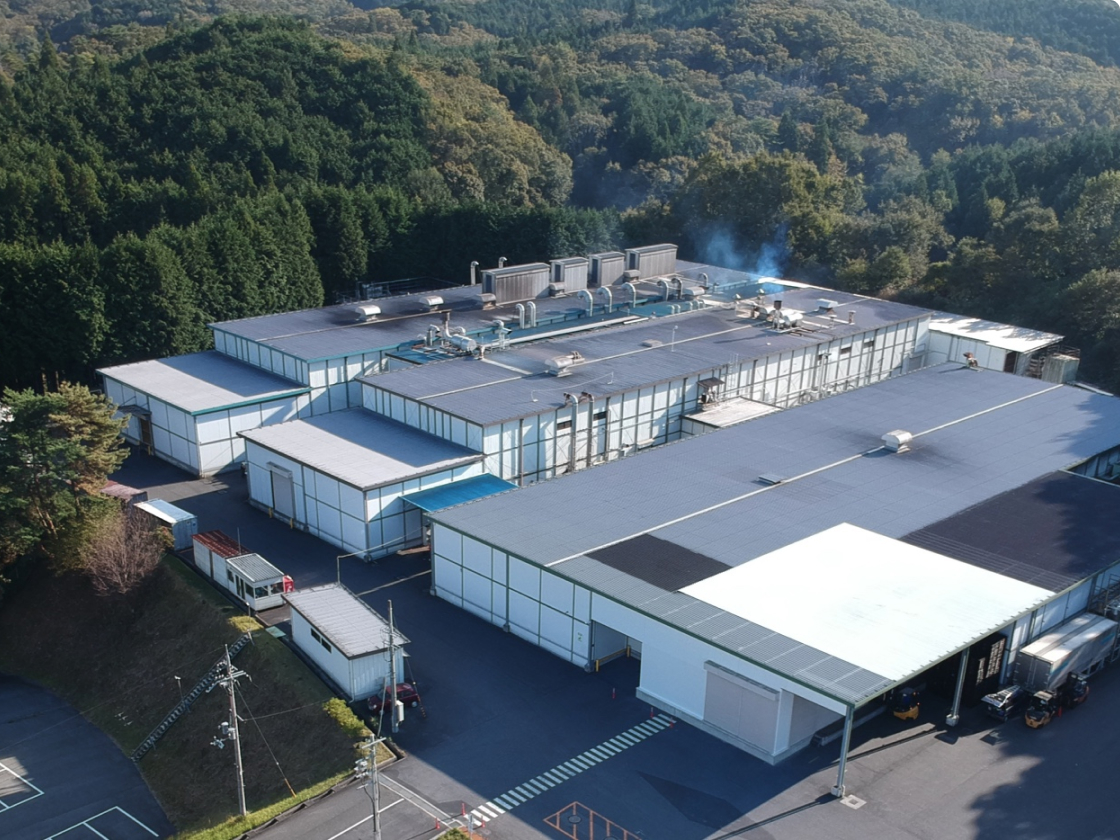
INFORMATION
-
newsNotice of Renewal of Company Website
Thank you for visiting our website. Our website was renewed on January 22, 2025 for your better use. In accordance with the renewal, the URL has been changed as follows. Old URL: https://kyoto-grain.co.jp/ New URL: https://www.kyoto-grain.co.jp/ We apologize for the inconvenience, but we ask that customers who have bookmarked the site or registered it as a favorite make the change. We will continue to make every effort to provide our customers with useful information. Thank you for your continued support.



